Screen casing, a critical tubular material used in oil and gas extraction, features a large diameter and serves to stabilize well walls or boreholes. Its primary function is to be fixed in place with cement, preventing wellbore separation from rock formations and wellbore collapse. This ensures the circulation of drilling mud, thus supporting the drilling process. Screen casing for oil extraction is typically made from
seamless steel pipes, a material known for its high-temperature resistance, corrosion resistance, and high strength, making it well-suited for filtration and screening tasks in oil fields. Additionally, seamless steel pipes ensure the safe and stable transportation of crude oil and natural gas. Screen casing is widely used in various oil exploration activities, including the rehabilitation of old wells, new well drilling, test wells, offshore oil extraction wells, and oil pumping pipes. It is also suitable for horizontal wells, sidetracked wells, radial branched wells, or open-hole and gravel-packed screen casing completions.
Types and Uses of Screen Casing
In the oil extraction process, different types of screen casing play distinct roles:
Surface
Screen Casing: Primarily used to protect the well during drilling, preventing contamination from shallow water and gas layers, supporting wellhead equipment, and bearing the weight of other casing layers.
Intermediate Screen Casing: Used to separate pressure zones, ensuring the normal flow of drilling fluids and protecting production casing. This type of casing also supports blowout preventers, leak prevention devices, and tailpipe installation.
Production Screen Casing: Used to extract oil and natural gas from underground reservoirs, protecting the well and stratifying drilling mud.
The outer diameter of screen casing typically ranges from 114.3 mm to 508 mm, with various sizes to meet different wellbore requirements.
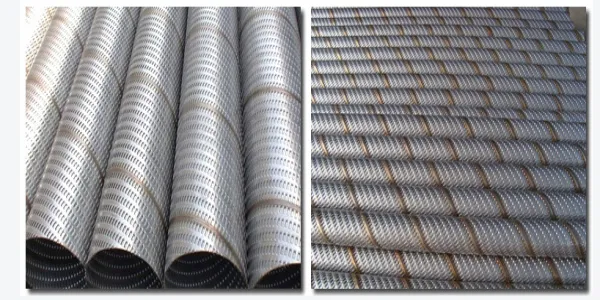
Processing Methods and Technologies of Screen Casing
Currently, the perforation of screen casing mainly employs milling and grinding methods:
Milling Method: Using a disc milling cutter to process the screen casing. Although common, this method is limited by the milling volume and cutter strength, leading to low efficiency and relatively large slot sizes, usually around 0.35±0.05 mm.
Grinding Method: Employing a disc grinding wheel for slotting. Similar to milling, this method also faces low efficiency and larger slot sizes.
Other methods aim to improve efficiency and slot quality:
Laser Cutting Method: Utilizes high-energy laser beams to scan the casing surface and cut slots according to laser cutting principles. This method offers advantages such as regular slot widths, slag-free cuts, high quality, and the ability to cut complex slot shapes like trapezoidal, zigzag, and ultra-wide slots. Additionally, it operates with low noise, high efficiency, and low cost. Laser cutting is also frequently used in
slotted casings.
Electrochemical and Mechanical Processing Composite Method: This method involves electrochemical corrosion to create blind slots on the inner wall of the pipe, which are then milled through using a cutter to form slots. Despite its good processing quality, the method is inefficient, involves heavy post-processing cleaning tasks, and is unsuitable for mass production.
Ceramic Blade Cutting Method: Uses ceramic blades to "mill" the slots. The key lies in the production technology of the ceramic blades. While this method sees some use, it suffers from low efficiency, high cost, slow feed speed, and frequent blade damage. The slots are also of a single shape, unable to cut complex slot shapes.
Metal Block Inlay Method: Mechanically processes wide openings in the casing, then inserts and welds narrower metal blocks to form slots. Although feasible, this method is labor-intensive, inefficient, costly, and can sometimes affect the casing's strength.
Superior Performance of Screen Casing
High-quality composite screen casing consists of multiple layers of precision metal mesh and a perforated stainless steel outer sleeve. The filter layer, formed by welding different mesh stainless steel wire cloths together, boasts high strength, permeability, reliability, and corrosion resistance, making it an ideal choice for downhole sand control.
Applications
Screen casing is suitable for various sand control wells, including the rehabilitation of old wells, new well drilling, test wells, and offshore oil extraction wells.
Performance Characteristics
High Strength and Reliability: Made of multiple layers of stainless steel wire cloth, with controllable sand control accuracy, offering high strength and reliability.
High Deformation and Bending Resistance: Capable of normal operation in wells with significant trajectory changes, demonstrating strong adaptability.
Large Flow Area and Anti-Clogging Capacity: Each filter layer is combined with a diffusion layer, ensuring a large flow area and resistance to clogging.
Stable Filter Hole Size: The filter layer's hole size is controllable and stable, ensuring consistent filtering accuracy.
Corrosion Resistance: With stainless steel used in the filter layer, diffusion layer, and outer protective layer, the casing boasts strong corrosion resistance, extending its service life.
Technological Innovations of Screen Casing
With continuous advancements, the processing methods and performance of screen casing have improved. Techniques such as laser cutting, electrochemical and mechanical processing composites, ceramic blade cutting, and metal block inlay have overcome the limitations of traditional methods, enhancing processing efficiency and quality.
Application Examples
In practical applications, screen casing is extensively used in sand control projects for various complex oil and gas wells. For instance, in the rehabilitation of old wells, high-quality screen casing not only boosts production efficiency but also significantly extends the well's service life. In offshore oil extraction, the casing's high strength and corrosion resistance provide reliable support for long-term operations.
Conclusion
Screen casing plays a crucial role in oil and gas extraction, primarily stabilizing well walls or boreholes and preventing wellbore separation from rock formations and wellbore collapse. While traditional milling and grinding methods are common in screen casing processing, newer techniques like laser cutting, electrochemical and mechanical processing composites, ceramic blade cutting, and metal block inlay are gradually replacing these methods, enhancing efficiency and quality. High-quality screen casing, with its high strength, permeability, reliability, and corrosion resistance, is widely used in various sand control wells and performs excellently in complex oil and gas well environments. With ongoing technological progress, screen casing will continue to play an increasingly important role in oil and gas extraction.






 English
English Español
Español بالعربية
بالعربية
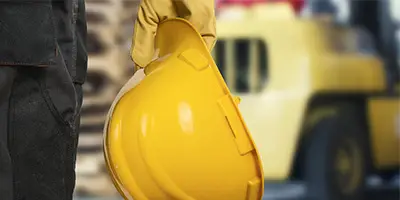
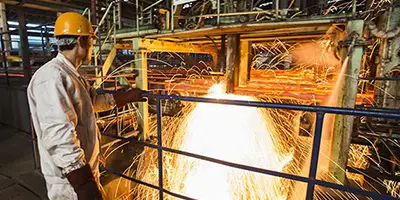
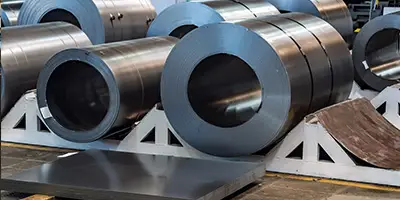

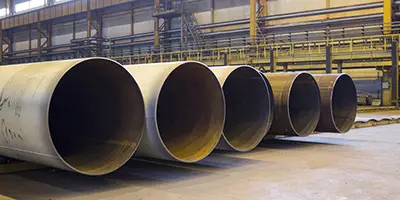
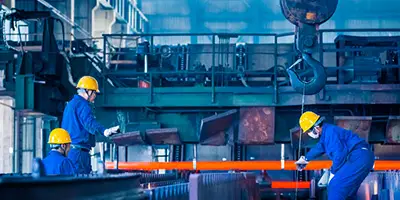
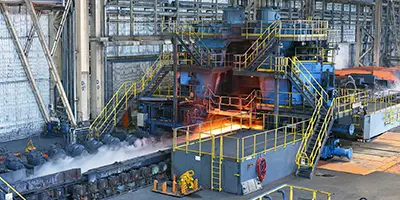




 Phone :
Phone :  Whatsapp :
Whatsapp :  Email :
Email : 


